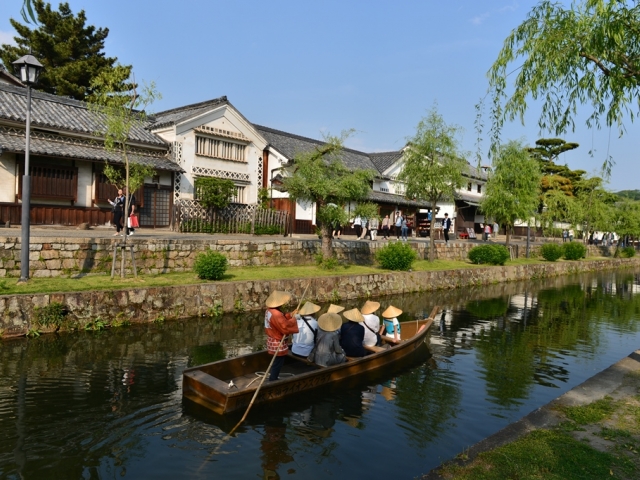
Kurashiki – the medieval reservation
Coming out of the high-speed train from modern Osaka, you will find yourself in Bikan, the historical center of the city of Kurashiki which resembles the 17th century nature reserve of the Edo period. During the reign of the Tokugawa clan, the city was an important hub of Japanese trade routes.
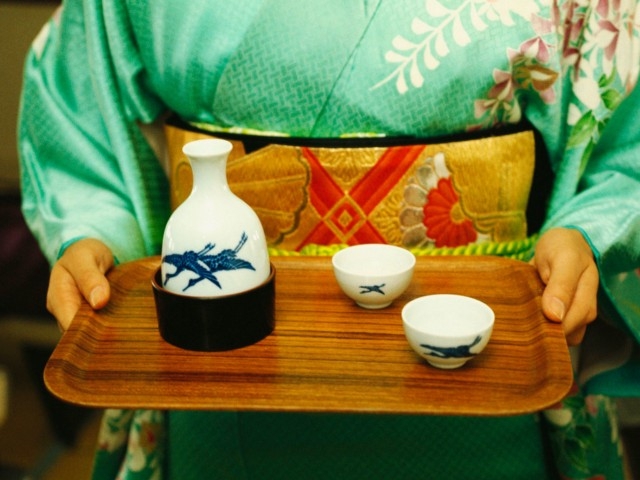
Kurashiki – the birthplace of sake
You can take a boat trip through the beautiful canals surrounded by willows. Moreover, among the blocks of black and white houses you can find cozy cafes, ceramic workshops and famous denim boutiques, and to taste the best sake at the luxurious Ryokan Kurashiki hotel.
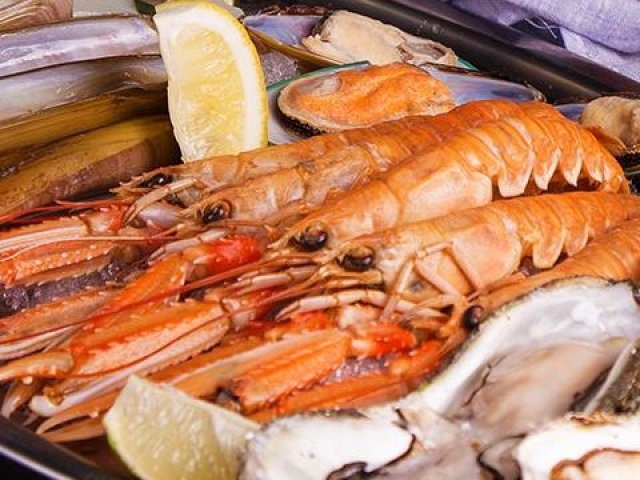
Ise-Shima - a gourmet's paradise
Having reached the coast of the Ise-Sima peninsula by high-speed train from Kyoto, you will get to the region, attracting real gourmets with fresh catch of sea urchins, oysters and Avabi molluscs, which you can then buy at any of the numerous shops along the banks of the Gulf of Ago. You can taste delicious specialties from freshly caught seafood not only in the famous Kagetsu, but also in the restaurant of the Hiramatsu Hotel & Resorts Kashikojima.

Ise-Shima – pearl's homeland
One of the most unusual sights that visitors in Ise-Shima can see are the hundreds of floating rafts spread over the sheltered inlets of Shima peninsula's rugged coast. Beneath those rafts, in the water, are ropes strung with pearl oysters. Ise-Shima is the homeland of Japan's pearl industry and boasts a long-standing tradition of pearl cultivation. Mikimoto Kokichi was the first who started to cultivate the artificial pearl at the end of the XIX century.
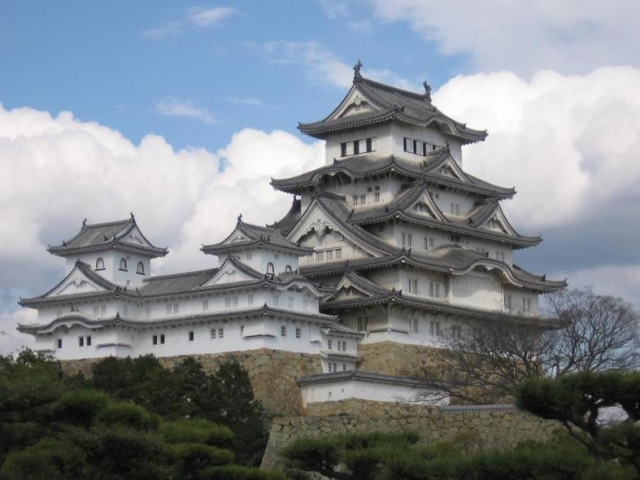
Ise-Sima - the center of Shinto
Visiting the Great Temple of Ise, one of the most important Shinto sanctuaries of the country, will be a pleasant addition to your journey.Only the priests of the temple can enter its territory, as well as representatives of the imperial family. Ordinary travellers can only admire the religious shrine from afar. In accordance with the Shinto concept of death and rebirth, the temple is being completely destroyed every 20 years and then it is being rebuilt again.
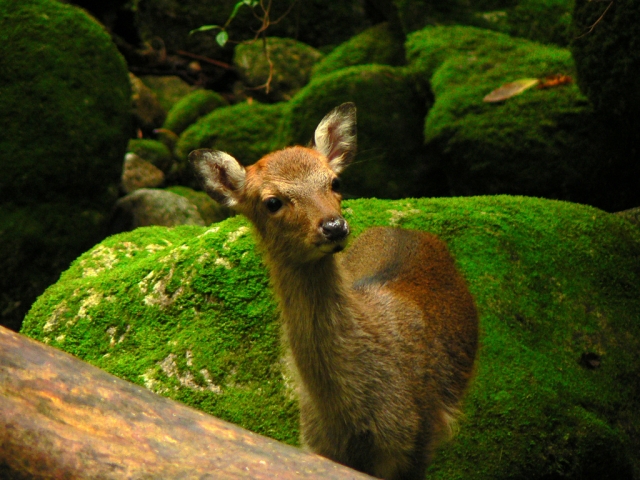
Yakushima - picturesque views
Japan can bewitch tourists not only with cherry blossoms, but also with high cedar forests on the tiny island of Yakushima, which is included in the UNESCO World Heritage List. Walking along picturesque hiking trails, ancient suspension bridges, you will find yourself on the coast, surrounded by mangroves abundant in living creatures. You can relax after an active holiday in one of the 12 luxury cottages at the Sankara Hotel & Spa. In addition, in local carpentry shops souvenirs made from withered or fallen trees are sold, because deforestation here is strictly prohibited.

Shikoku - a unique traditional architecture
The island of Shikoku, the site of Buddhist pilgrimage, will acquaint you with the great architectural heritage of Japan: the Oku-Iya Kazurabashi bridge, built entirely of of thick and strong lianas 800 years ago; a five-story pagoda at the Tikurindzi temple; the oldest in the country Kabuki Theater; minimalist Buddhist temple of Komyoji, designed under the project of Pritzker Prize winner Tadao Ando.
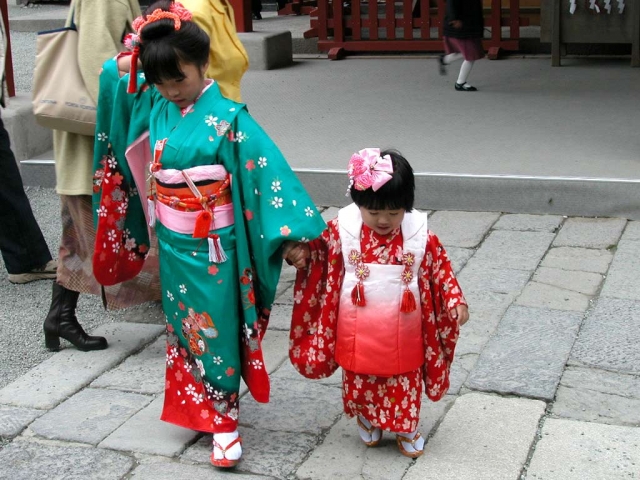
Shikoku - traditional symbols
In the Edo period in the city of Mima (Konpira Ooshibai) to this day they sell traditional kimonos and wooden handmade sandals. The hotel in the area of Setouti Aonagi offers stunning views at sunset.
 বাংলা
বাংলা 
 Русский
Русский English
English Bahasa Indonesia
Bahasa Indonesia Bahasa Malay
Bahasa Malay ไทย
ไทย Español
Español Deutsch
Deutsch Български
Български Français
Français Tiếng Việt
Tiếng Việt 中文
中文 हिन्दी
हिन्दी Čeština
Čeština Українська
Українська Română
Română
